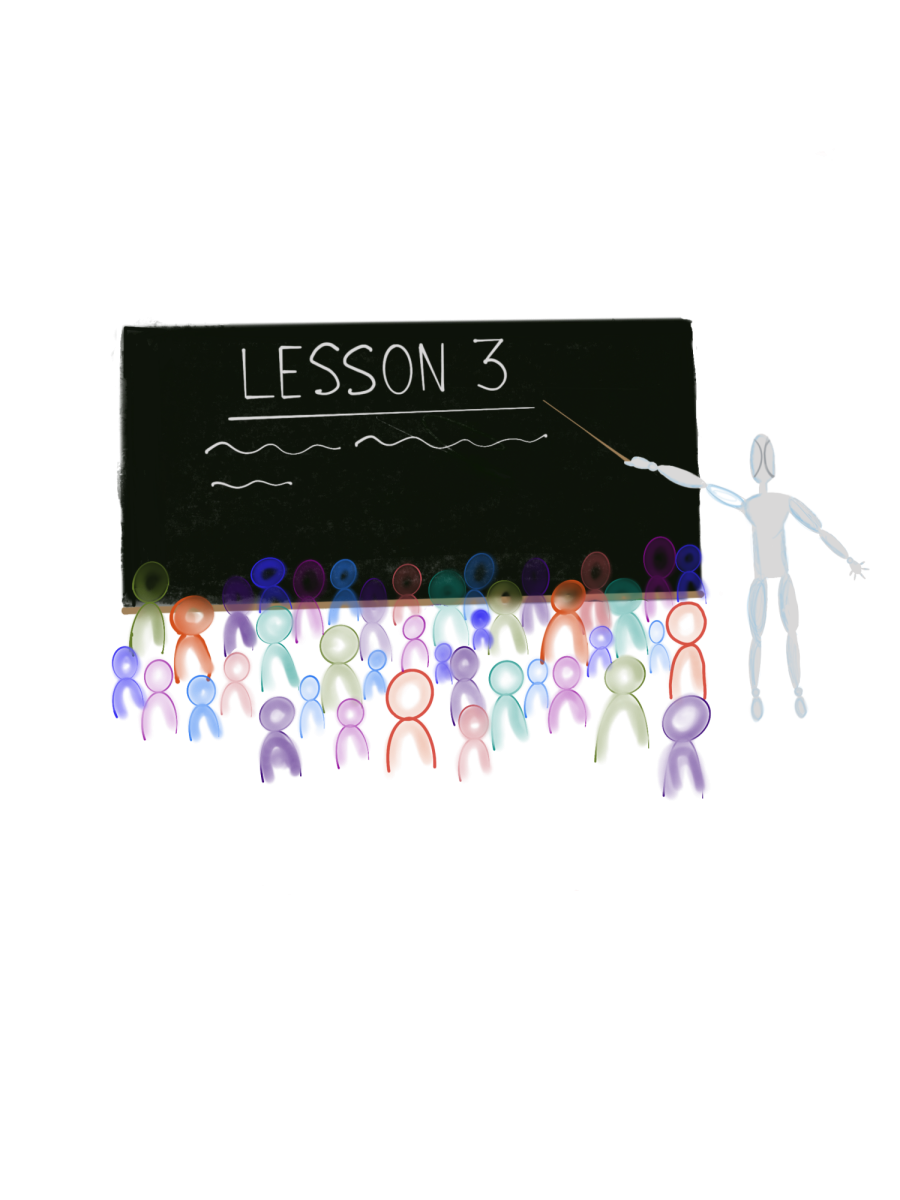Midterm week: the time of year when Dreyfoos students study day and night for their finals, eagerly waiting for the bell to ring on Thursday, marking the beginning of winter break. The constant studying and endless work doesn’t start at exam week, however, students will undergo tremendous amounts of stress and studying in order to earn A’s in their classes weekly. This process lasts from the first day of school to the day of the semester exam, and no matter the cause, whether it be school, friends, or even family, students across the nation suffer from the constant antagonizer that is stress.
According to the American Psychological Association (APA), teen stress levels have been proven to rival that of stress levels in adults. With a reported stress average of 5.8 out of 10 on a daily basis, (10 being the most stressful, 1 being the least) many question as to why teenagers feel this way.
While many adults have the luxury of knowing what they are doing with their lives, many students have no idea what direction their lives are heading. Trying to achieve good grades, balance their extracurricular activities, and many times even maintain a job, students are under constant pressure in multiple aspects of their life. These aren’t the only causes of stress either, as studies show some causes may originate from a more scientific background.
The Washington Post reported that some of the sources of teenage stress include but are not limited to: sleep deprivation, increased hormones, anxiety and depression, and the constant looming threat of not getting into college. William Dement, professor of psychiatry and behavioral sciences at Stanford University, studied further into the sleeping habits of teenagers, stating that making students wake up at 7 in the morning is equivalent to making adults wake up at 4 a.m. Not only does this show how much sleep students need, but also how their lives compare to those of adults.
On top of the countless reasons that contribute to stress, there are also some negative side effects that could be damaging to a teenager’s daily life. The APA found that, “Common [symptoms of stress] include feeling nervous or anxious, feeling tired, procrastinating or neglecting responsibilities, feeling overwhelmed, [or] having negative thoughts and experiencing changes in sleeping habits.” Like the symptoms of any sickness, the symptoms of stress only make things worse. Any of the symptoms above could easily put a student in a low place, especially if they are going through more than one of them.
With one of the top causes of teenage death being suicide, according to the Center for Disease Control (CDC), it is incredibly important to monitor and address these problems to the best of our ability. This problem needs to be stopped at its source, and a good way to start is by addressing and monitoring teenage stress levels through each varying cause.
British Broadcasting Corporation (BBC) news found that of the suicides of 10 to 19-year-olds recorded in the UK during the 2014-15 school year, almost 30 percent of them were caused by being overwhelmed with stress from their exams. Such a horrifying statistic should leave people to believe that educators would realize the extent of this problem. Unfortunately, this is not the case, as the issue hasn’t been properly addressed for years.
The levels of difficulty and stress put upon teenage students is overwhelming to the point of harmful side effects, including suicide. If students aren’t careful with how they manage their time and priorities, they could suffer serious consequences to their physical and mental wellbeing. Stress can affect anyone and everyone, which is why students everywhere need to stand up to protect and defend against this silent killer.




























































